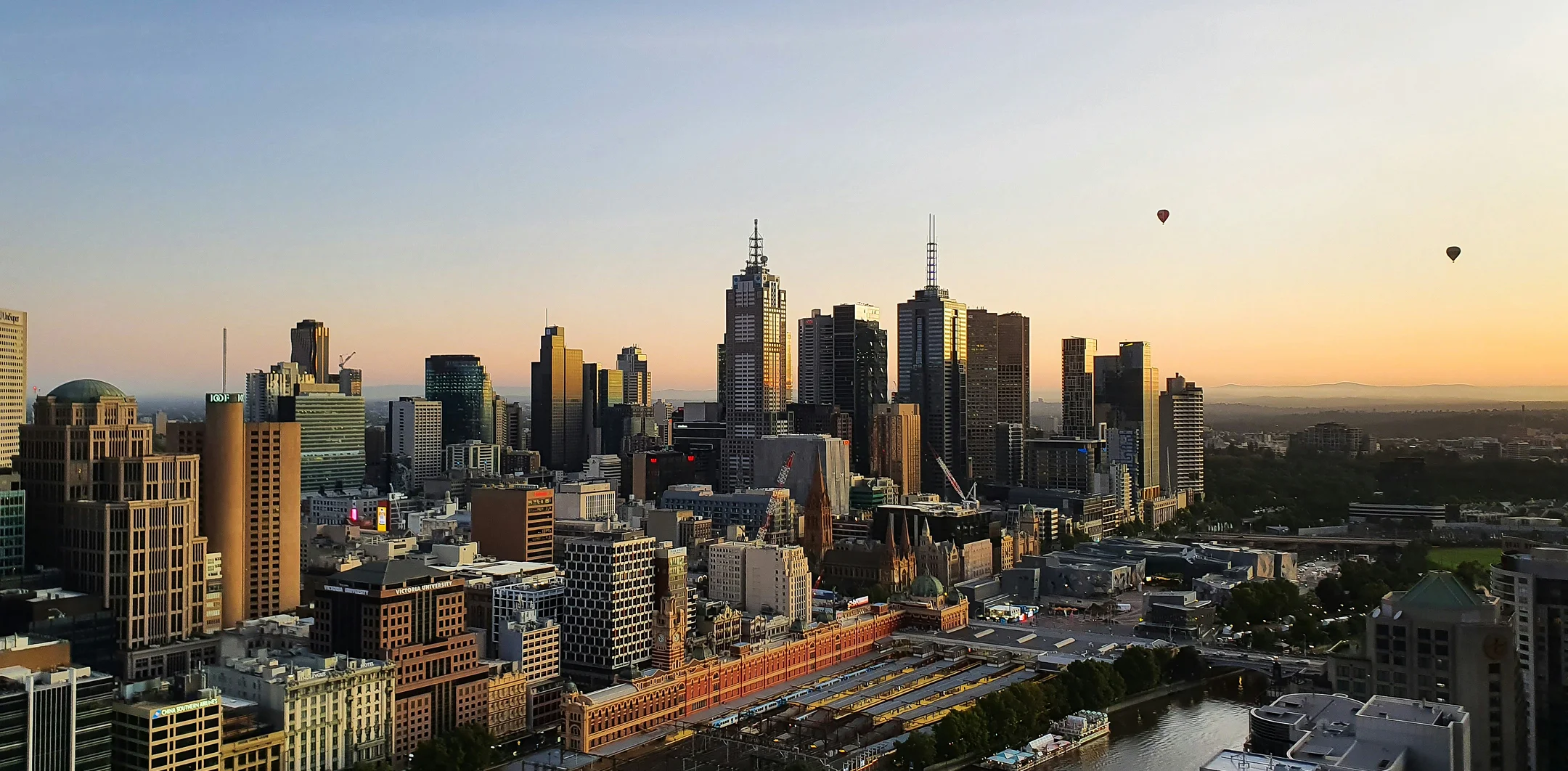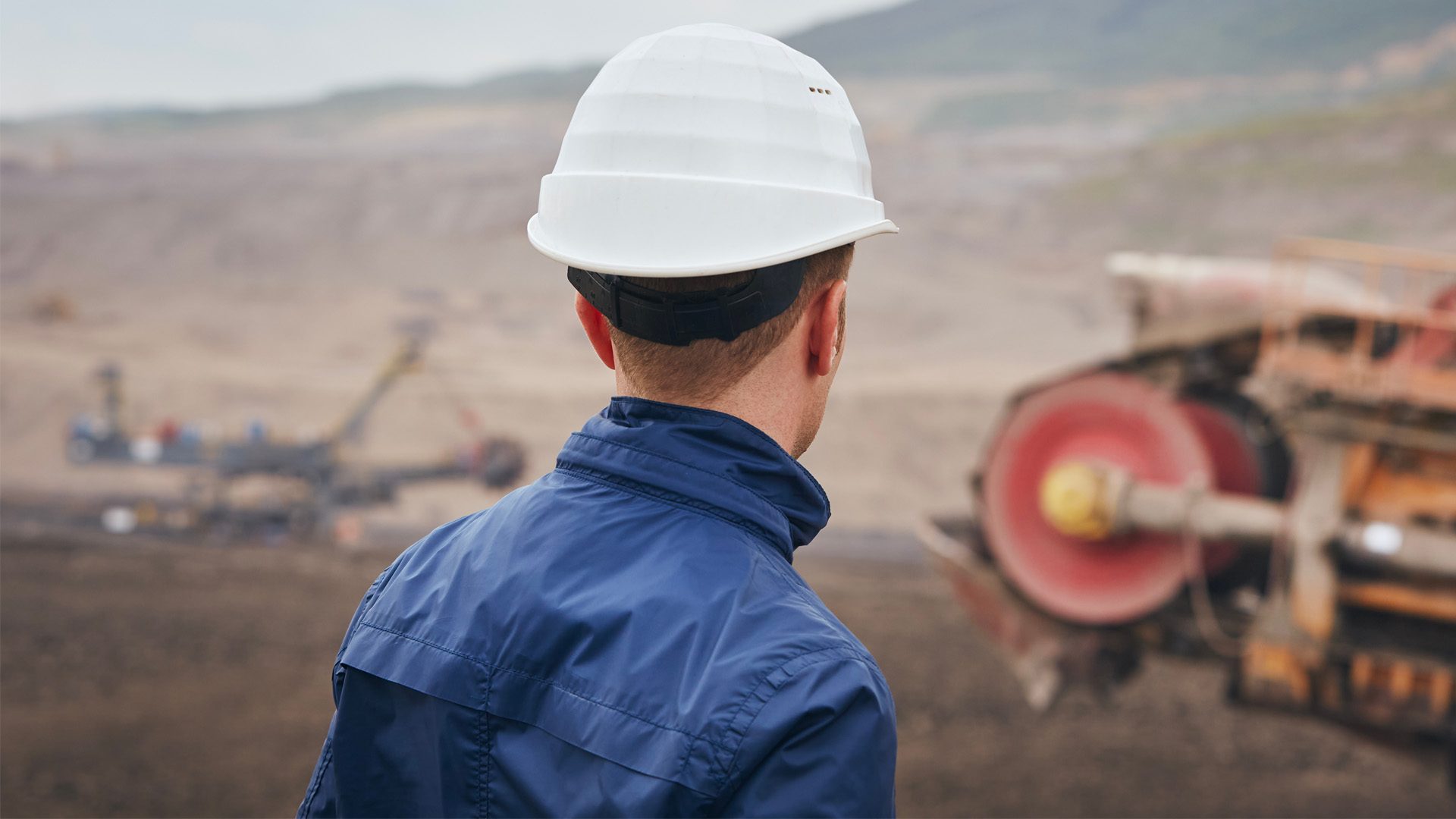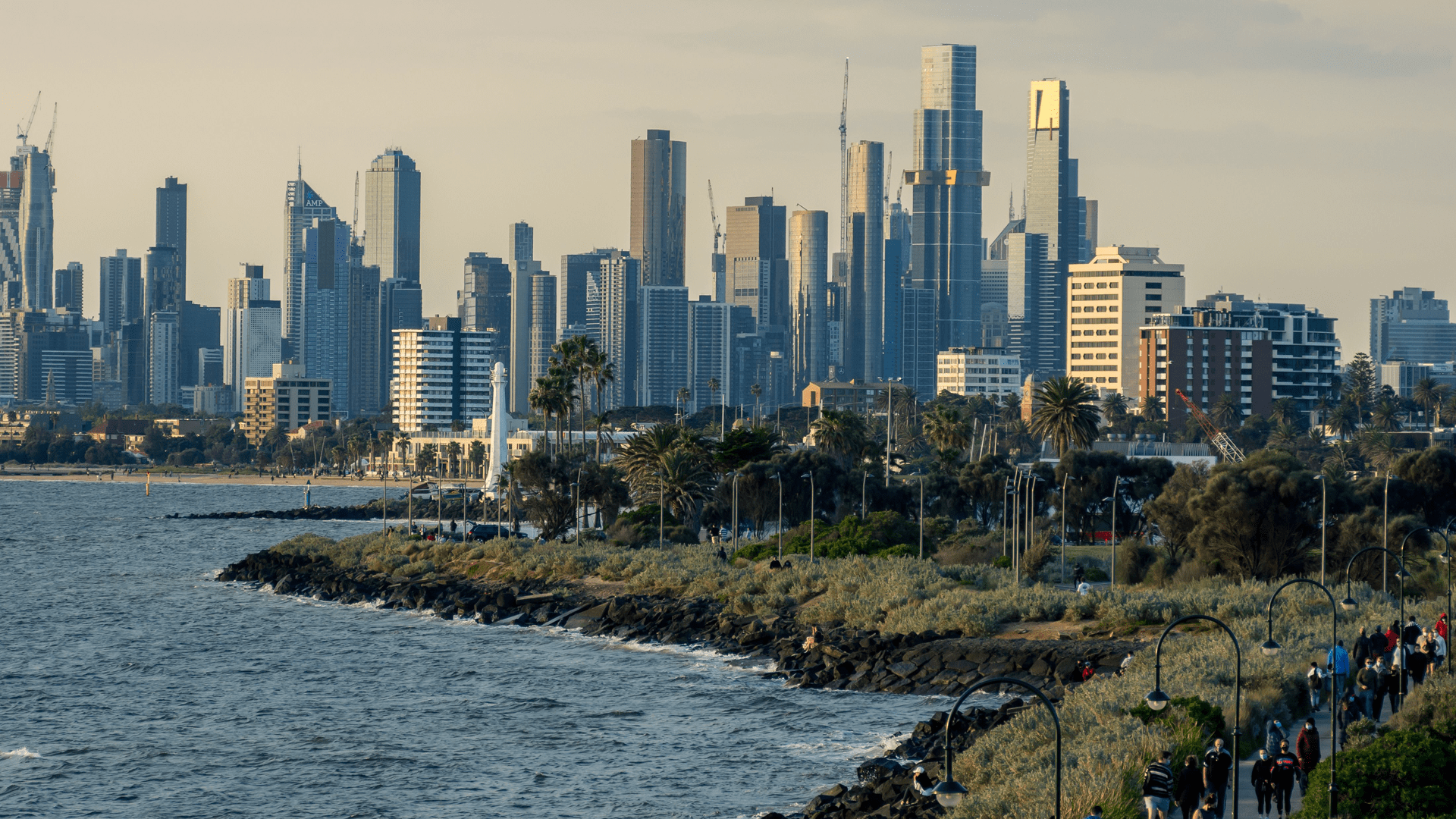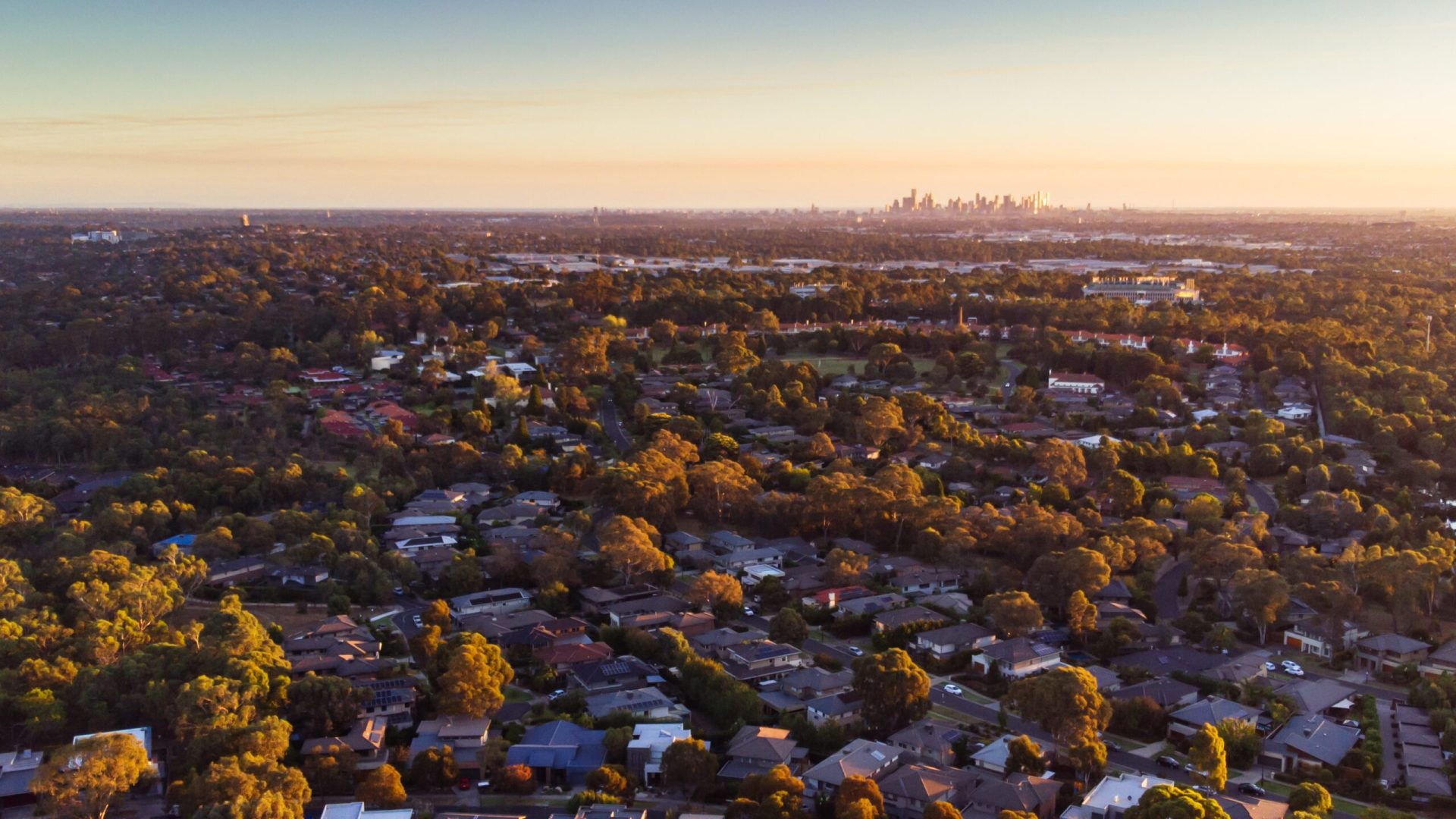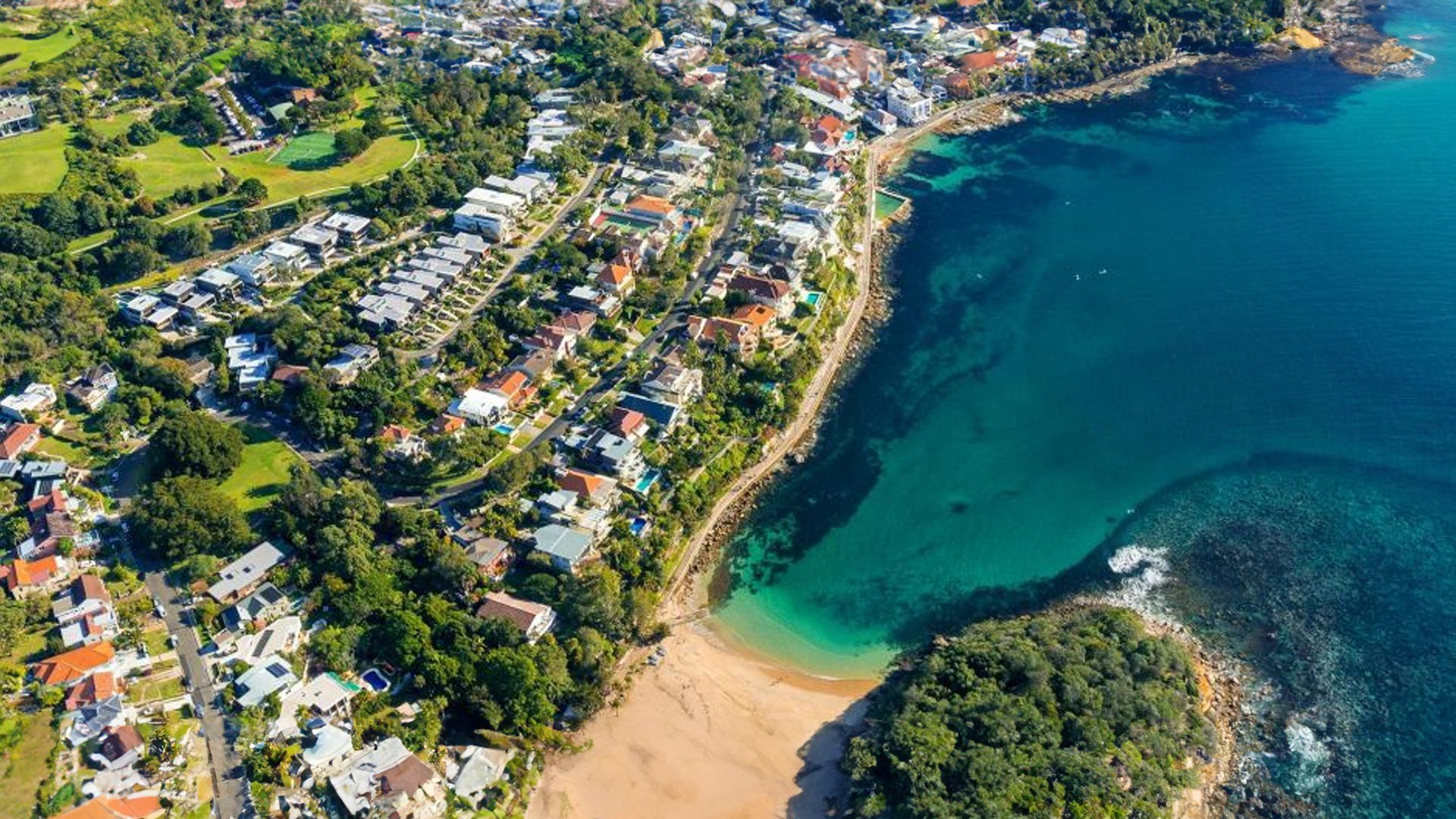One of the key drivers for growth of Australian property markets in recent times has been immigration.
The steady inflow of migrants into Australia’s capital cities – especially Melbourne, Brisbane and Sydney – has sparked demand for housing rentals, which in turn has been a positive thing for investors.
But of course, everything changed with the advent of COVID-19.
So, what happens next on this front?
Cam McLellan explains more in his new book, Investing in the New Normal. Here is an excerpt:
In March 2020, when the Australian government effectively shut the borders to all non-Australian residents, the immediate impact was that net overseas migration ground to a halt.
We discussed with Tim Lawless (CoreLogic’s Asia Pacific Head of Research) the effect of this shutdown being felt largely in inner-city apartment markets, where 80% of temporary overseas workers reside.
The impact in the suburbs has been less dramatic, but a longer-term reduction in Australia’s immigration policy would start to affect the established housing market over time if it became permanent.
In Jan-Dec 2019, net overseas migration was about 210,000, making up about 60% of Australia’s annual population growth. After border closures, the Prime Minister announced an expected drop in net overseas immigration to 34,000 in the 2021 financial year.
According to the financial report issued by Treasurer Josh Frydenberg in July 2020, this was due to the recommencement of immigration programs in early 2021, though at lower levels to manage quarantining of arrivals. The document’s wording gives a strong hint the government’s keen to re-establish immigration flows once health constraints are under control.
Before our border closure, there was a backlog of 100,000+ family members of Australian residents waiting for their visa applications to be reviewed so they could move here. If the government raised the assessment rate of these visa applications, it’d help kick-start immigration quickly without adding significantly to the workforce, meaning it wouldn’t increase competition for jobs.
Currently, Australians are returning from overseas at a rate of 4,000/week. This equates to 208,000/year, far greater than the number of Australians relocating overseas.
Whether this trend continues is unclear, but it’s highly probable that, as long as Covid presents a global risk, most people will opt for the safest living environments for their family. Despite Victoria’s second wave of Covid cases, the Australian government and our health system still seem to have achieved one of the best results of developed nations.
This strong track record of handling the health and financial crisis, plus the open spaces we’ve enjoyed in ‘lockdown’, will make Australia even more attractive for people looking to relocate to a new country. Certainly, my friends who’ve been living in Trump Nation are keen to return to Australia when the opportunity arises.
So, as well as the family member visa applications backlog, there’s likely a backlog of people keen to move to Australia who are just waiting for the borders to reopen.
For the first few months of borders reopening, we expect things to be deliberately constrained. But once the government gets the green light that the health issue is under control, don’t be surprised if there’s a big bounce in new overseas arrivals.
Click here to get your FREE COPY of Investing in the New Normal
